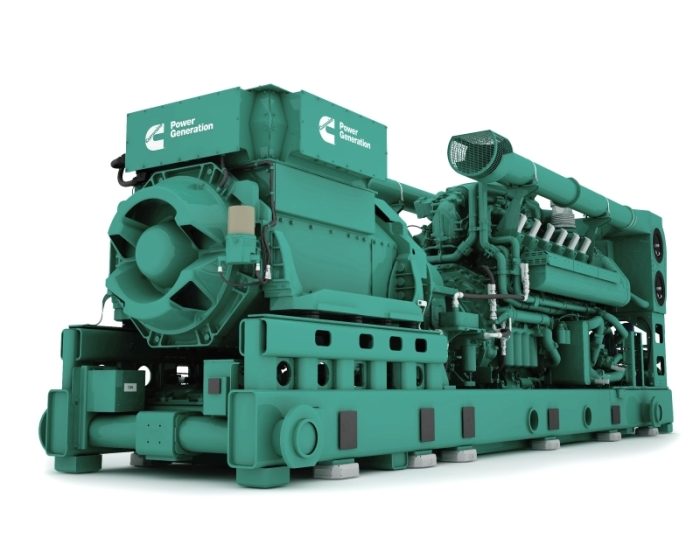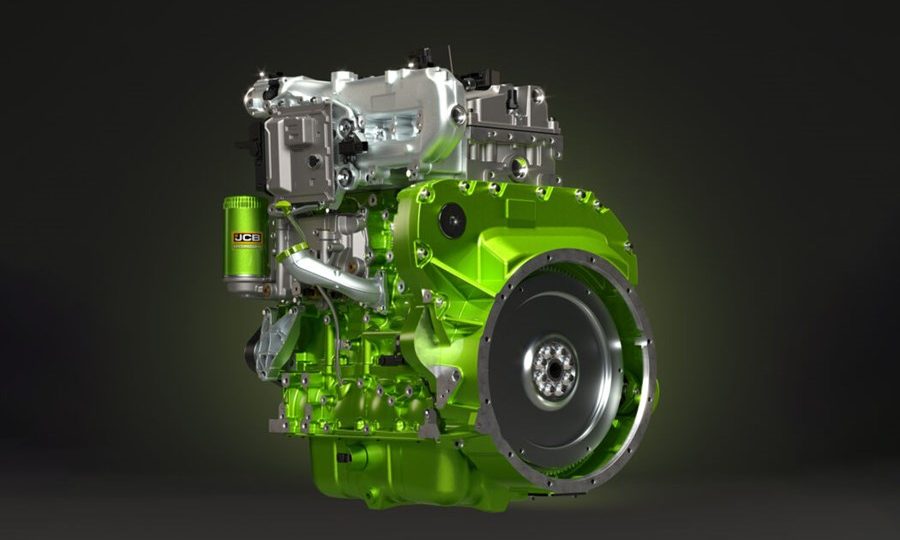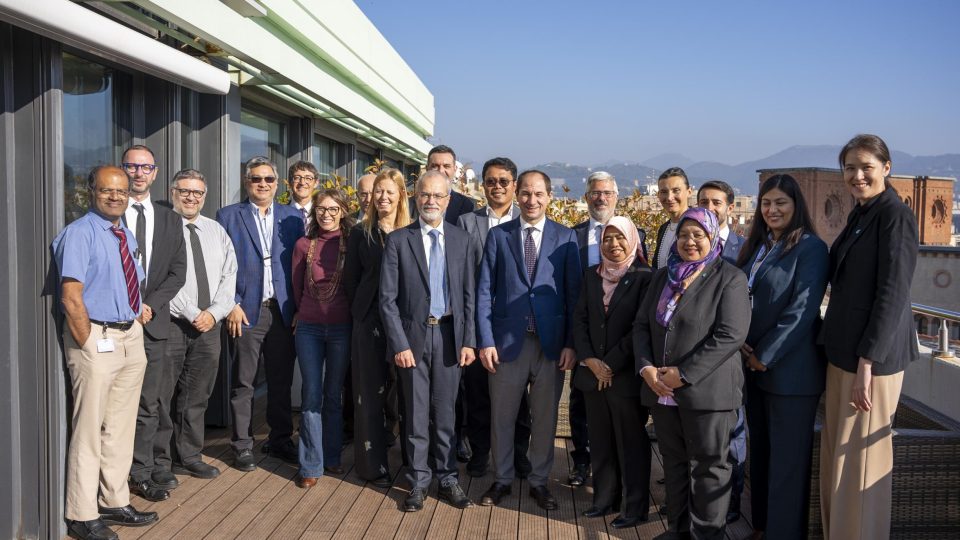ConExpo: Cummins and Accelera Zero on sustainability
At ConExpo-Con/Agg, Cummins reaffirmed the company’s commitment to reach net-zero emissions from its products and business by 2050. This will be achieved by focusing on advancing internal combustion engine technology and building the broadest combination of zero-emissions technologies, including battery electric and fuel cell electric powertrain solutions and electrolyzers for green hydrogen production.

At ConExpo-Con/Agg, Cummins reaffirmed the company’s commitment to reach net-zero emissions from its products and business by 2050. This will be achieved by focusing on two key areas: advancing internal combustion engine technology while reducing carbon emissions without impacting operations, weight, or uptime; and building the broadest combination of zero-emissions technologies dedicated to the commercial vehicle industry, including battery electric and fuel cell electric powertrain solutions and electrolyzers for green hydrogen production.
This complementary approach lowers emissions today by matching technology readiness with infrastructure readiness to drive wide-scale adoption using the right technology at the right time.
Eric Neal, Executive Director of Cummins Off-Highway business, said, “Our aim is to support our customers on their path to zero carbon emissions. This means meeting them wherever they are on their journey. We are leading the energy transition by providing our customers with the right technology and utilizing our deep understanding of their needs and applications.”
Cummins has the knowledge, expertise, and scale across a range of solutions through growth and acquisitions to continue leading in the off-highway industry today and in the future.
“Cummins powers more types of machines and vehicles than anyone else. The breadth of our business across market segments and regions means that we are the ideal partner to help our customers through this transition,” continued Neal.
Cummins: news on display at ConExpo
On display, Cummins’ next-generation advanced 15-liter diesel platform is showcasing a practical route to emissions reduction and decarbonisation for off-highway applications. It sits as part of the fuel agnostic productdisplay, showing a common architecture optimised for a variety of low and no-carbon fuels including biodiesel and HVO, renewable natural gas, and hydrogen. All engines derive from the same base, providing a high degree of parts commonality.
The hydrogen version of Cummins’ fuel agnostic platform could become the initial step to reaching zero-emissions for construction equipment manufacturers.
Amy Davis, President of Accelera, said, “We understand that no single solution or path to zero will work for all power needs, which is why we are developing the broadest combination of zero emission technologies: fuel cells, battery systems and fuel storage technologies.”
On display is the latest NMC battery, the BP95E, which has a long life and fast charging times, is suitable for compact equipment, particularly those that work in urban environments. Its modular design means it can be scaled to fit a number of installations based on the changing energy and packaging requirements.
Also on view is the next generation fuel cell engine, suited to the duty cycle, performance, and packaging requirements of heavy-duty off-highway applications. Available in 150kW and 300kW fuel cell engine configurations, it incorporates variable pressure technology, which provides improved power density, efficiency, and durability, all while delivering lower total cost of ownership.
As a result of Cummins’ acquisition of Meritor last year, Accelera’s product portfolio was broadened to include complementary ePowertrain products and EV powertrain integration capabilities. As seen, the Electric Central Drive Unit (eCDU) is a remote-mount electric powertrain designed for space limited off-highway applications. Its innovative architecture enables increased vehicle design flexibility with the ability to be located as needed. It helps reduce investment in vehicle architecture changes such as hydraulic brakes and driveline parking brakes.









